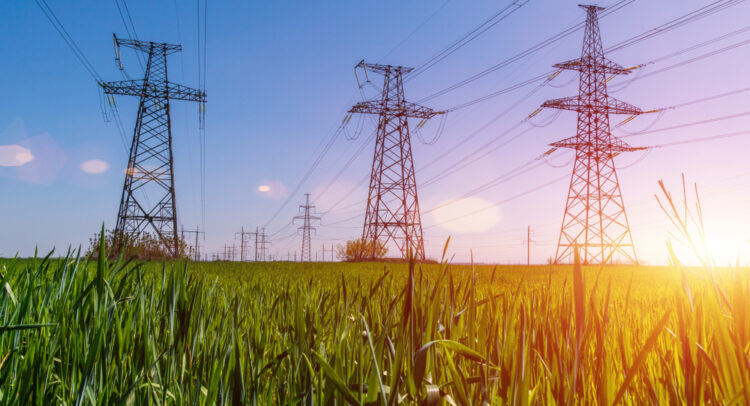National Atomic Company Kazatomprom JSC Sponsored GDR RegS ((NATKY)) has held its Q2 earnings call. Read on for the main highlights of the call.
TipRanks Cyber Monday Sale
- Claim 60% off TipRanks Premium for data-backed insights and research tools you need to invest with confidence.
- Subscribe to TipRanks' Smart Investor Picks and see our data in action through our high-performing model portfolio - now also 60% off
The recent earnings call of National Atomic Company Kazatomprom JSC Sponsored GDR RegS painted a mixed picture for investors and stakeholders. While the company showcased strong operational performance, a disciplined sales strategy, and robust dividend payments, challenges such as declining revenue, net profit, and increased production costs due to sulfuric acid price hikes tempered the overall sentiment.
Strong Operating Profit Increase
Kazatomprom reported a significant increase in operating profit for the first half of 2025, reaching KZT 254 billion. This 12% rise from KZT 227 billion in the same period of 2024 was primarily driven by a decrease in the cost of sales, showcasing the company’s efficient operational management.
Robust Inventory and Sales Strategy
The company maintains a strong inventory position and a disciplined sales strategy, ensuring that all delivery obligations are met. This approach allows Kazatomprom to retain flexibility and respond effectively to market developments, positioning it well in the competitive uranium market.
Dividend Payment Completion
In July, Kazatomprom completed the payment of dividends for the year 2024, amounting to KZT 328 billion or approximately $2.3 billion per share, GDR. This marks the highest dividend yield in the industry, reflecting the company’s commitment to returning value to its shareholders.
Kazakhstan’s Nuclear Expansion
Kazakhstan’s plans to build three nuclear power plants are underway, potentially creating substantial domestic demand for uranium. Each plant is expected to require around 400 tonnes of uranium annually, highlighting the strategic importance of Kazatomprom in meeting future energy needs.
Revenue Decline
The group’s consolidated revenue for the first half of 2025 totaled KZT 660 billion, a 6% decrease from KZT 701 billion in the first half of 2024. This decline was mainly attributed to a decrease in sales volume, posing a challenge for the company’s financial performance.
Net Profit Decrease
Kazatomprom’s net profit was KZT 263 billion, reflecting a decrease from the previous year. When adjusted for one-time effects, net profit decreased by 5%, impacted by a net foreign exchange loss of KZT 12.7 billion, indicating financial headwinds.
Increased Production Costs
Production costs saw an upward trend, with C1 cash costs rising by 6% and all-in sustaining costs increasing by 10% in U.S. dollar terms compared to the same period of 2024. This was driven by higher mineral extraction tax rates and rising sulfur acid prices, affecting the company’s cost structure.
Sulfuric Acid Price Challenges
The cost of sulfuric acid surged by 46%, reflecting ongoing price uncertainty in Kazakhstan’s market and higher prices for imported volumes. This poses a significant challenge for Kazatomprom, impacting its production costs and profitability.
Forward-Looking Guidance
Kazatomprom’s guidance for 2025 remains steady, with a slight adjustment in cap sales volume reduced by 500 tonnes. The uranium spot price fluctuated between $63 and $78 per pound, stabilizing at $70, while the long-term price remained at $80, underscoring strong market fundamentals. The company also emphasized the projected cumulative uranium supply deficit of 570 million pounds by 2040, highlighting ongoing exploration efforts in Kazakhstan to address future supply challenges.
In conclusion, Kazatomprom’s earnings call highlighted a balanced outlook, with strong operational achievements and strategic initiatives countered by financial challenges and cost pressures. Investors and stakeholders should note the company’s robust dividend payments and strategic positioning in the nuclear energy sector, while also considering the impact of declining revenue and increased production costs.
















